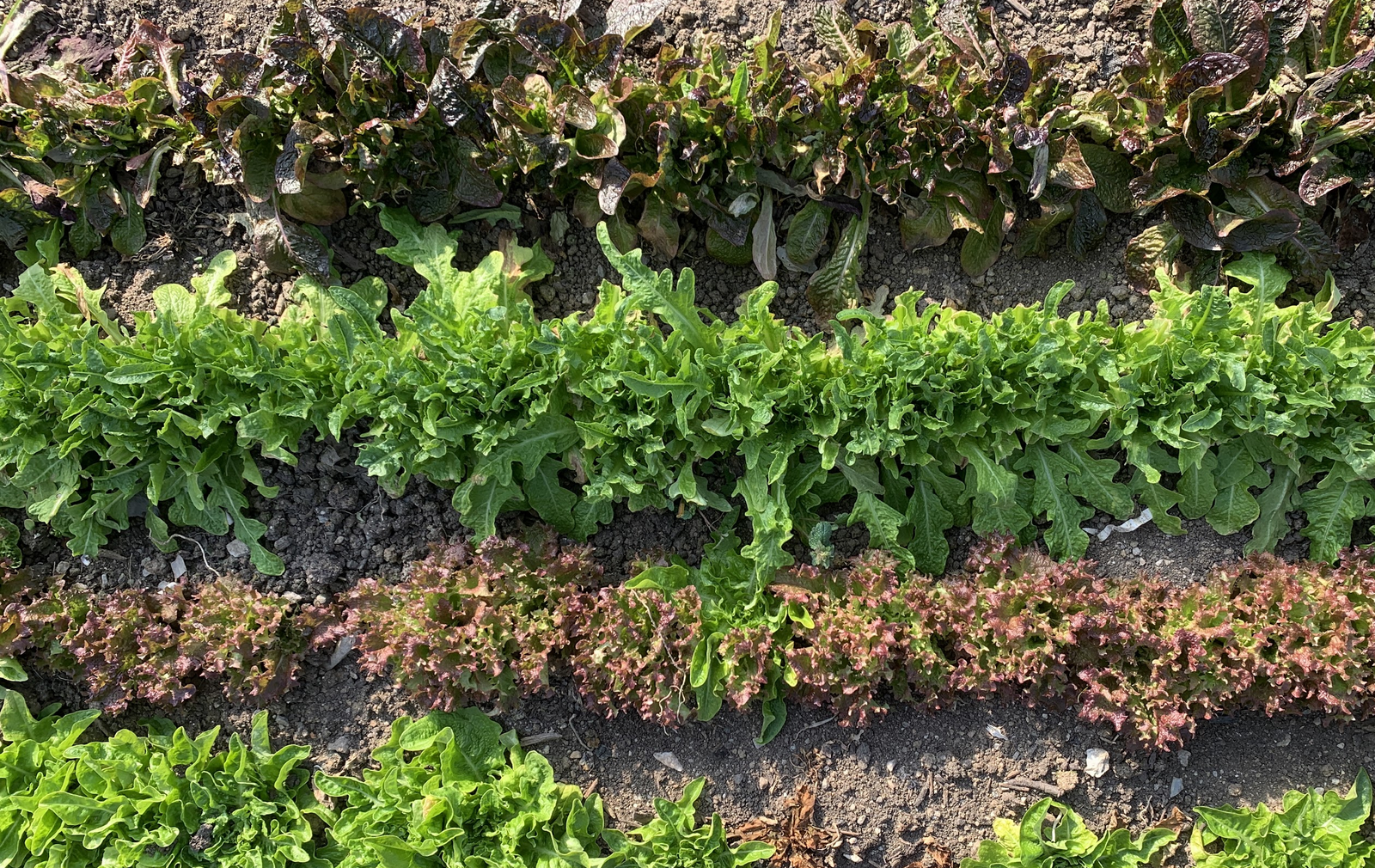
Lettuce Varieties: What Types of Lettuce Are There?
Lettuce is a popular crop that is extremely low-maintenance and easy to grow - perfect for beginner gardeners and self-sufficient gardeners. There are varieties that you can sow and harvest all year round. So that you don't get lost in the variety of different lettuce varieties, here is an overview of lettuce varieties and picking lettuce varieties.
This Article Contains:
- Garden Lettuce: What Types of Lettuce Are There?
- Plucking Lettuce Varieties at a Glance
- Green Leaf Lettuce: Different Types and Examples
- Red Lettuce Varieties: An Overview
- Head Lettuce Varieties: Early, Medium-Early and Late Varieties
- Early Lettuce Varieties
- Mid-Early Lettuce Varieties
- Late Lettuce Varieties
- Frequently Asked Questions About Lettuce Varieties
Quick Overview
Overview of Different Types of Lettuce
- Green lettuces: Australian yellow, Catalogna (bolt-resistant, early variety), Lattughino verde and Venetian (old varieties)
- Red lettuce varieties: red deer tongue (early variety), Lollo Rosso (Italian variety), American brown, oak leaf lettuce
Lettuce Varieties - What Varieties Are There?
- Early lettuce varieties: Maikönig, Dynamite, Baquieu, Briweri
- Medium-early varieties: Attractie, Neckarriesen, Dolly, Pirat, Wunder von Stuttgart
- Late lettuce varieties: Wintermarie, Winterkönig, Waldor, Humil
Garden Lettuce: What Types of Lettuce Are There?
Garden lettuce (Lactuca sativa) includes numerous different varieties. These differ in their appearance, color and taste as well as their growth form (rosette or head). Depending on the firmness of the heads, a distinction is made between head-forming lettuces (Lactuca sativa var. capitata) such as iceberg lettuce or batavia lettuce (e.g. the Lollo Rosso variety). There are also romaine lettuces, also known as cooking lettuces (L. sativa var. longifolia). These varieties grow in a dense rosette but do not form a closed head. The counterparts to lettuce are cut and plucking lettuces. The special thing about plucking lettuce is that it can be harvested over a long period of time. It does not form a head, but rather small bunches of leaves, which are harvested relatively early. Other lettuces that are also among the most popular garden lettuces are endive (Cichorium endivia) and chicory (Cichorium intybus var. soliosum).
Plucking Lettuce Varieties at a Glance
Depending on the variety, the leaves vary in shape, appearance and taste. Light green to red-brown, as well as curled or oak leaf-like shapes are possible. As a low-growing plant, lettuce grows best in humus-rich, loose soil and also tolerates semi-shady locations. Picking lettuce is also often used as a border. Here is an overview of the best-known and most popular varieties, divided into red and green lettuce varieties.

Want to Find out More About Lettuce Varieties?
In our library, you will find information on the individual lettuce varieties with cultivation periods, planting and harvesting tips. You will also find good and bad neighbours to help you plan a mixed crop.
View Library NowGreen Leaf Lettuce: Different Types and Examples
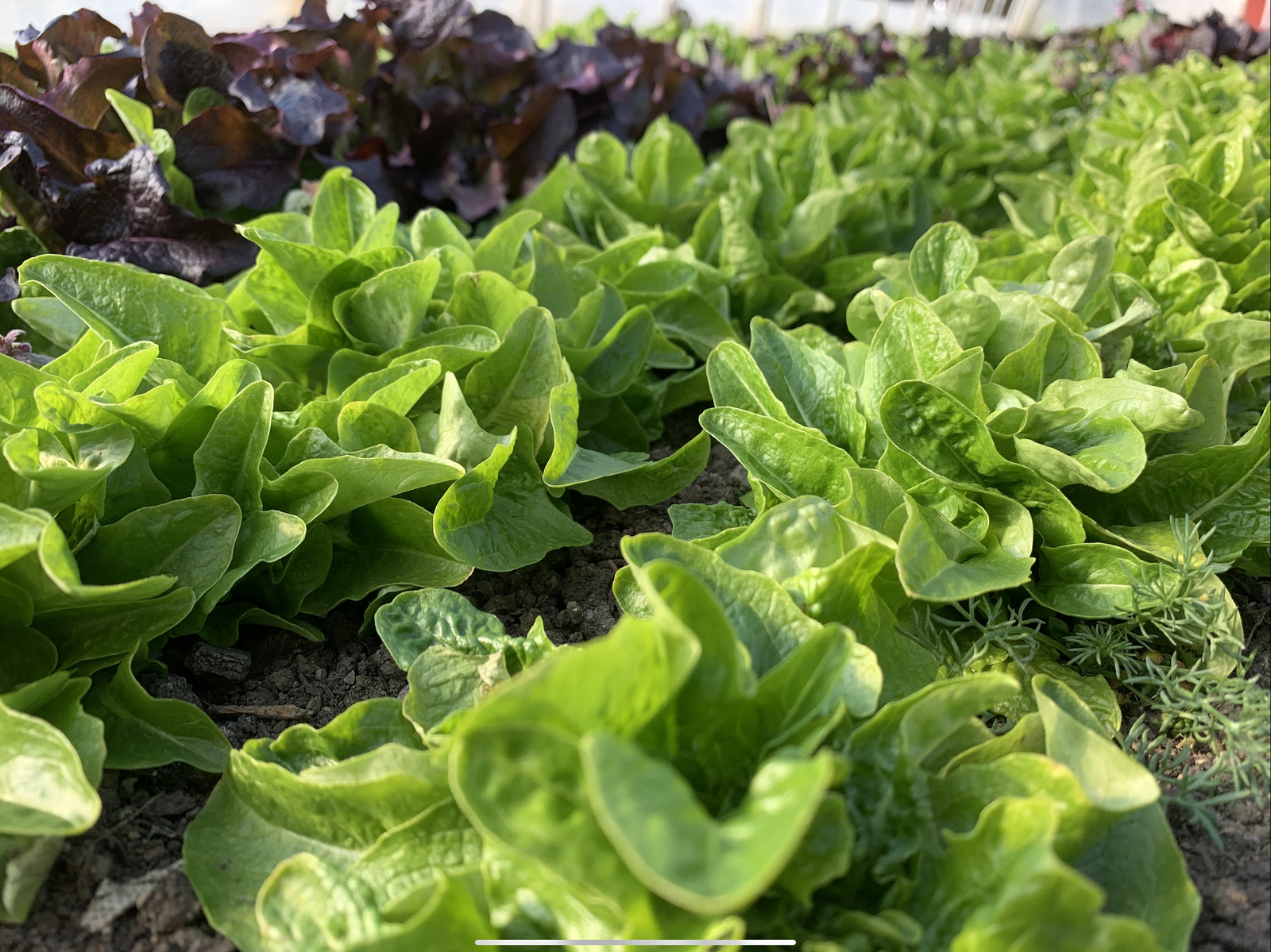
Australian yellow
The green-yellow, curly lettuce variety 'Australian Yellow' (Lactuca Sativa var. acephala) is ideal for sunny locations. This variety can also be cultivated in balcony boxes. Australian Yellow is characterized by its late shooting, which means that it can be harvested over a particularly long period.
Catalogna - Early Lettuce Variety
The shape of this variety is very similar to Rocket. However, the leaves are lighter in color and the taste is less pungent. This variety is also resistant to jointing and can even be cultivated in the greenhouse all year round.
Lattughino Verde - Heirloom Variety
This heirloom, green variety with slit leaves is also known as finger lettuce in some places. This lettuce variety prefers moderately warm locations and also requires less nutrients than other varieties. This makes it particularly suitable for semi-shady, nutrient-poor locations.
Venezianer - Sturdy Heirloom Variety
This lettuce variety is probably one of the best known and oldest. It grows very quickly and is resistant to mildew. The leaves of the lettuce are light green and broadly serrated.
Red Lettuce Varieties: An Overview
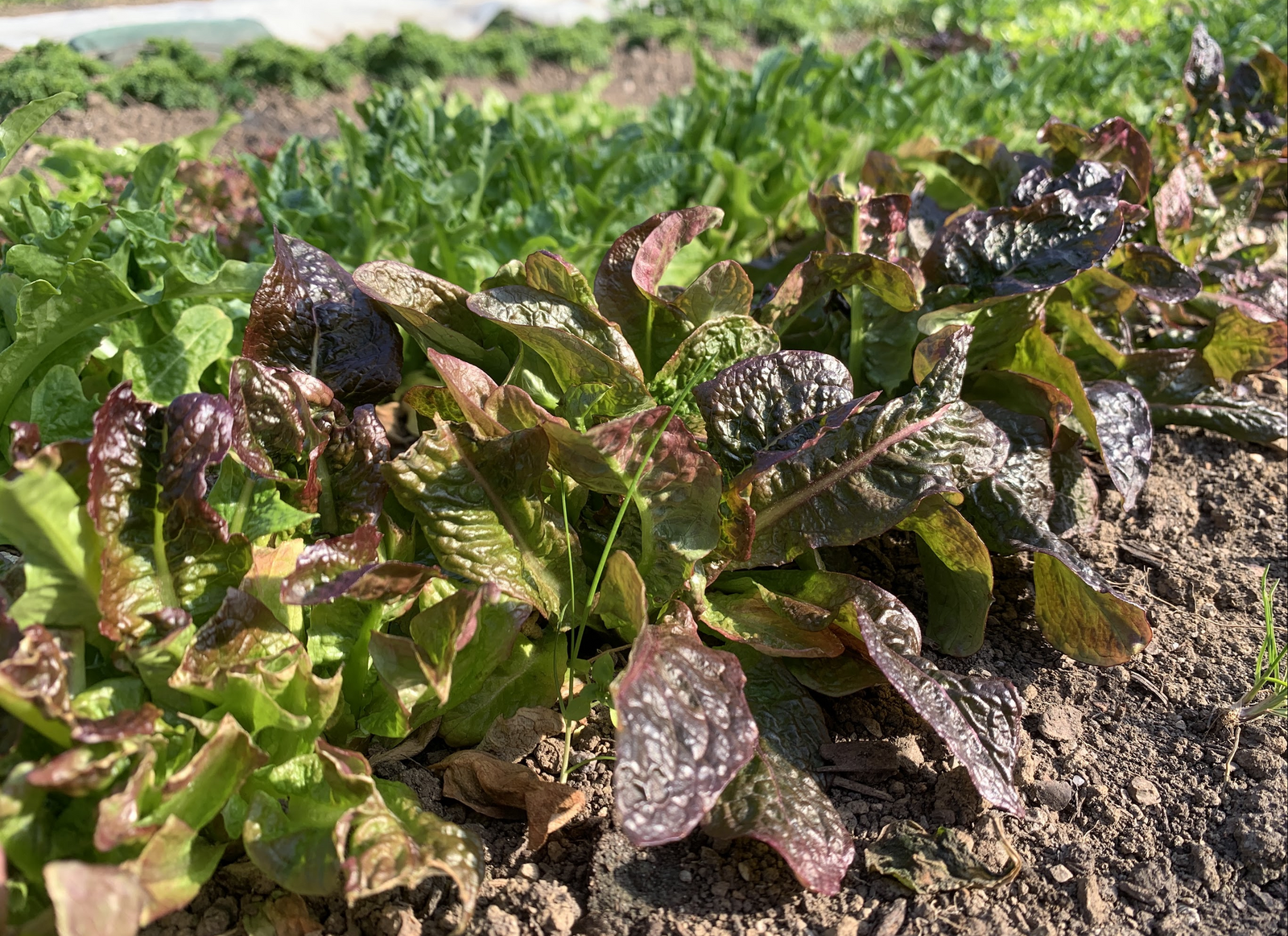
Red Deer Tongue - Early Leaf Lettuce
This brown-red variety actually resembles a deer tongue in appearance. It comes from America and its early harvest (approx. 55 days) makes it particularly popular with self-supporters. Its taste is pleasantly delicate.
Lollo Rosso - Italian Variety
A curly, finely toothed appearance distinguishes this lettuce variety from others. In contrast to its light green counterpart (Lollo bionda), it has red leaf tips. In mild temperatures, this variety can be harvested without hesitation until December. The strong, nutty flavor delights many gardeners.
American Brown - Early Variety
This well-known and widespread variety originates, as the name suggests, from America. The leaves are green to reddish-brown and slightly wavy. As the variety shoots easily in summer heat and its germination capacity decreases at temperatures above 20 °C/68 °F, it is particularly suitable for cultivation in spring or fall. The American Brown also prefers sunny locations.
Oak Leaf Lettuce
As the name suggests, the leaf shape of the oak leaf lettuce resembles the curved shape of an oak leaf. Either green or red: this variety can be cultivated outdoors or in pots. It has given rise to many other varieties and cultivars, such as Red Salad Bowl, Radichetta, Navara and Bolchoi. The taste of oak leaf lettuce is mild and nutty.
Head Lettuce Varieties: Early, Medium-Early and Late Varieties
Around 30 varieties of lettuce are grown commercially in Germany. These can differ in size, shape, taste and cultivation period. While some varieties are sown in spring, others are sown in summer or even fall (winter varieties). With the right planning and choice of variety, you can therefore harvest your own lettuce all year round.
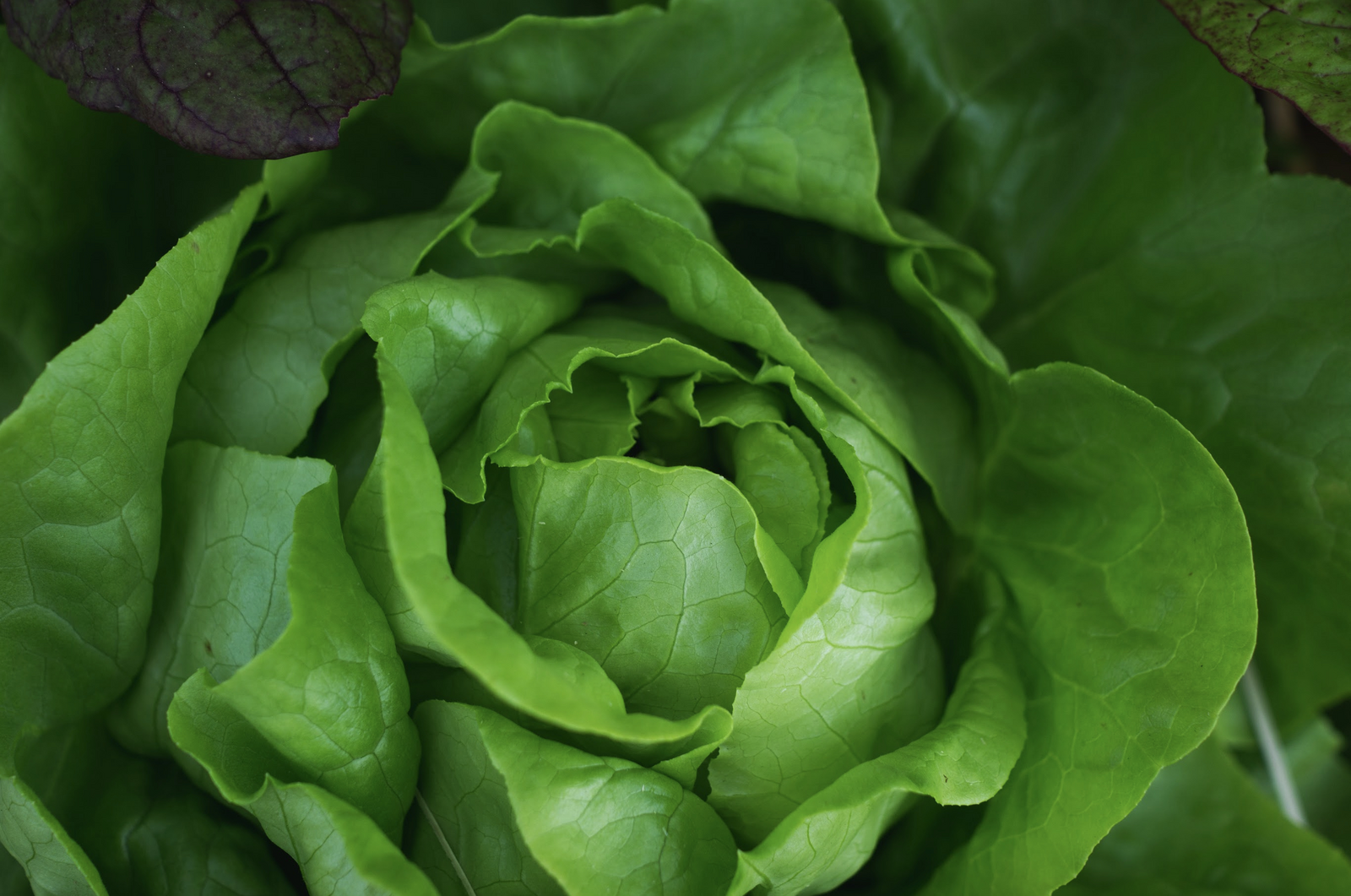
Early Lettuce Varieties
- May King: early green variety, particularly suitable for outdoor cultivation, can be sown in the greenhouse from February, spicy taste, harvest from May (hence the name)
- Dynamite: sow from February to June, hardy, green lettuce variety, resistant to many diseases and pests (including the green aphid)
- Baquieu: old, robust lettuce variety with fast growth, forms small red heads and can even be grown under glass from December.
- Briweri: The green lettuce variety is particularly suitable for growing in greenhouses or foil tunnels, also suitable for autumn planting.
Mid-Early Lettuce Varieties
- Attractie: sowing from March, characterized by green, tender leaves, high bolt resistance
- Summerdiamond: green heads, particularly suitable for outdoor cultivation, pre-breeding from February, planting from the end of March, forms large, firm heads
- Dolly: very bolt-resistant and fast-growing variety with dark green heads, resistant to mildew and aphids, sowing from February (under glass) to August
- Pirate: red-brown variety, can be grown outdoors all year round, bolt-resistant and robust against downy mildew
- Wunder von Stuttgart: traditional summer variety with yellow-green heads, late-shooting and particularly suitable for hobby cultivation
Late Lettuce Varieties
- Wintermarie: sow outdoors from July, particularly heirloom variety with red coloring on the edges of the leaves, cover with fleece or fir branches for the winter
- Winter King: particularly hardy variety with large, green heads and light red coloring on the edges, sow in September, cover lightly in case of frost, produces the first lettuce of the year
- Waldor: glossy green leaves, very heirloom variety that is ideal for overwintering, pre-grown seedlings can be planted from October
- Humil: old-fashioned, Czech variety with a buttery, delicate taste, develops firm, light green heads with a tender heart, direct sowing from the end of August
Want to get helpful gardening tips all year round and plan your own beds in the best possible way? Then register here or download the Fryd app for Android or iOS.
Fryd - your digital bed planner
Cover picture: by Reginal on Pixabay
Isabell
Current Topics in the Community

@Testi
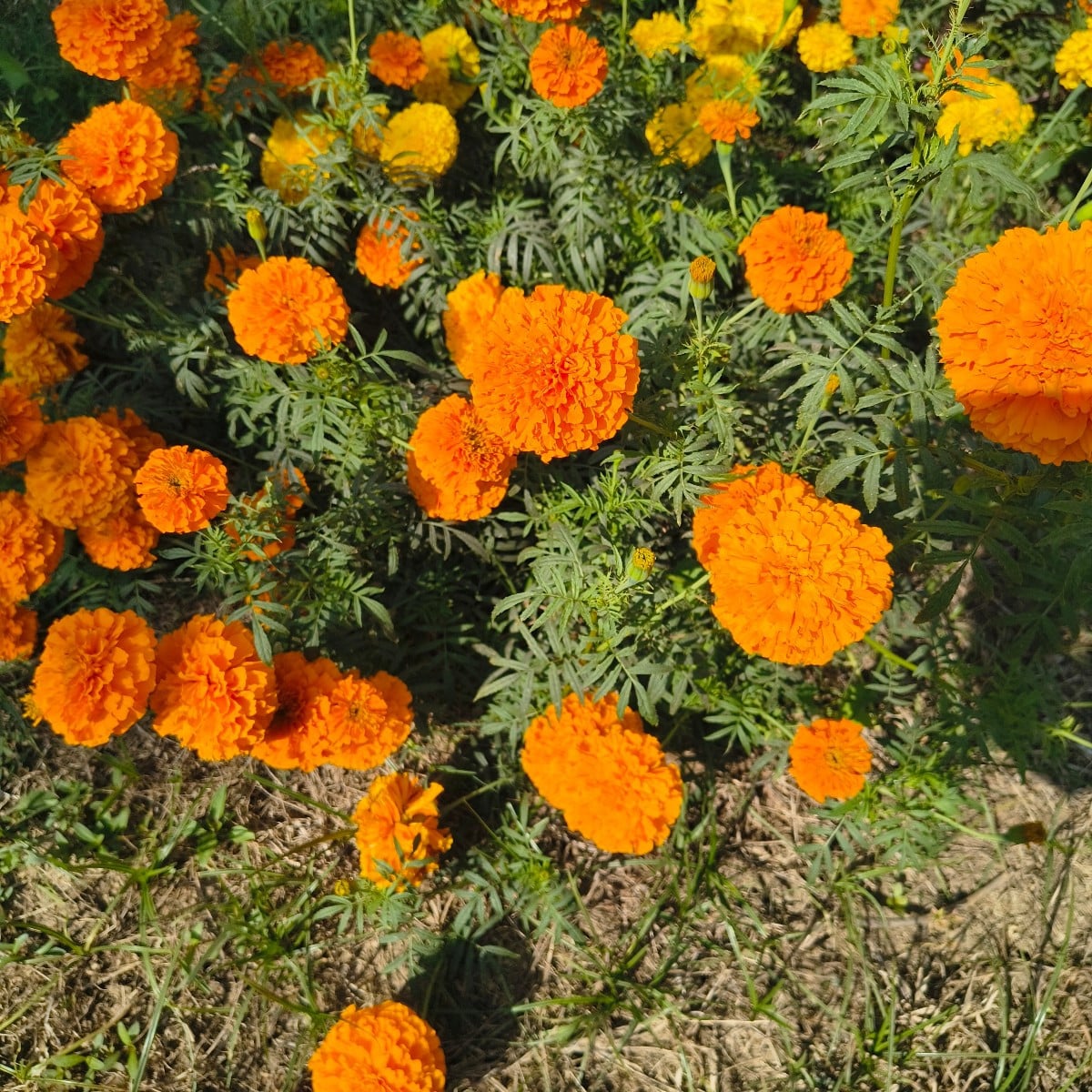
Liked 3 times
@🌱_Testing_💫_October,_2025 #paiduser #newpost #testfryd
Show 1 answer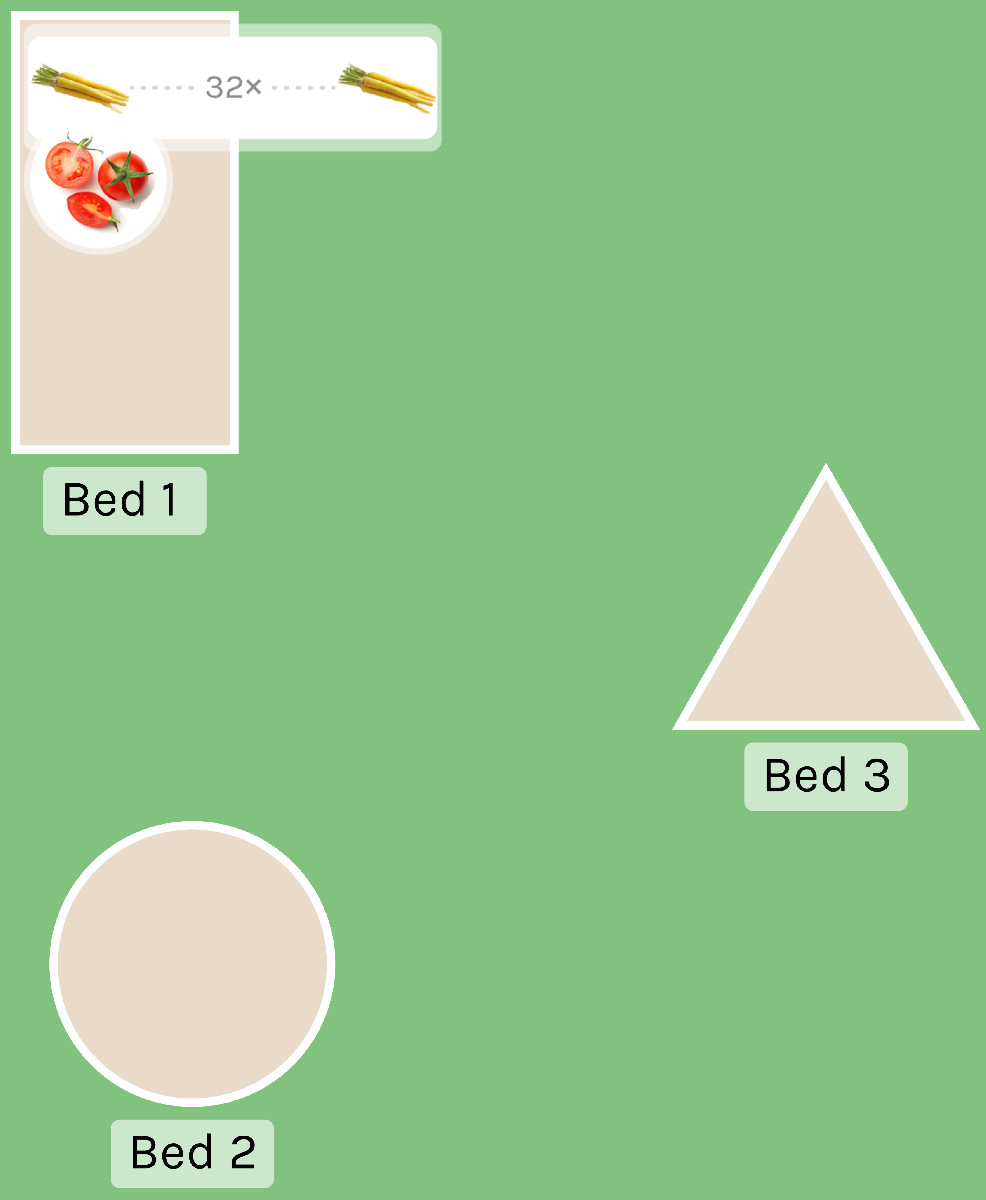
Liked 2 times
Show 2 answersPopular Articles

Companion Plants for Carrots: What (Not) to Plant With Carrots

Companion Plants for Celery : What (Not) to Plant With Celery?

Strawberry Types: List of Best Strawberry Varieties

Companion Planting With Strawberries: Companion Plants and Planting Plan

Basil Varieties & Types at a Glance

What to Plant With Cabbage: Good and Bad Companion Plants

Fertilizing Strawberries: Home Remedies & Natural Fertilizers at a Glance

Growing Sweet Potatoes: Tips on Cultivation & Companion Plants

Companion Plants for Kitchen Herbs: Chives, Parsley & Co

What Herbs Can Be Planted Together?
FAQ
What are the benefits of leaf lettuce?
Leaf lettuce can be harvested over a long period because it does not form a head but continuously produces leaves.
What are some popular green leaf lettuce varieties?
Popular green varieties include "Australian Yellow," "Catalogna," "Lattughino Verde," and "Venetian."
What are some red leaf lettuce varieties?
Red varieties include "Red Deer Tongue," "Lollo Rosso," "American Brown," and "Oakleaf Lettuce."
How do head lettuce varieties differ in their growing periods?
Head lettuces are categorized into early, mid-season, and late varieties based on their sowing and harvesting times.